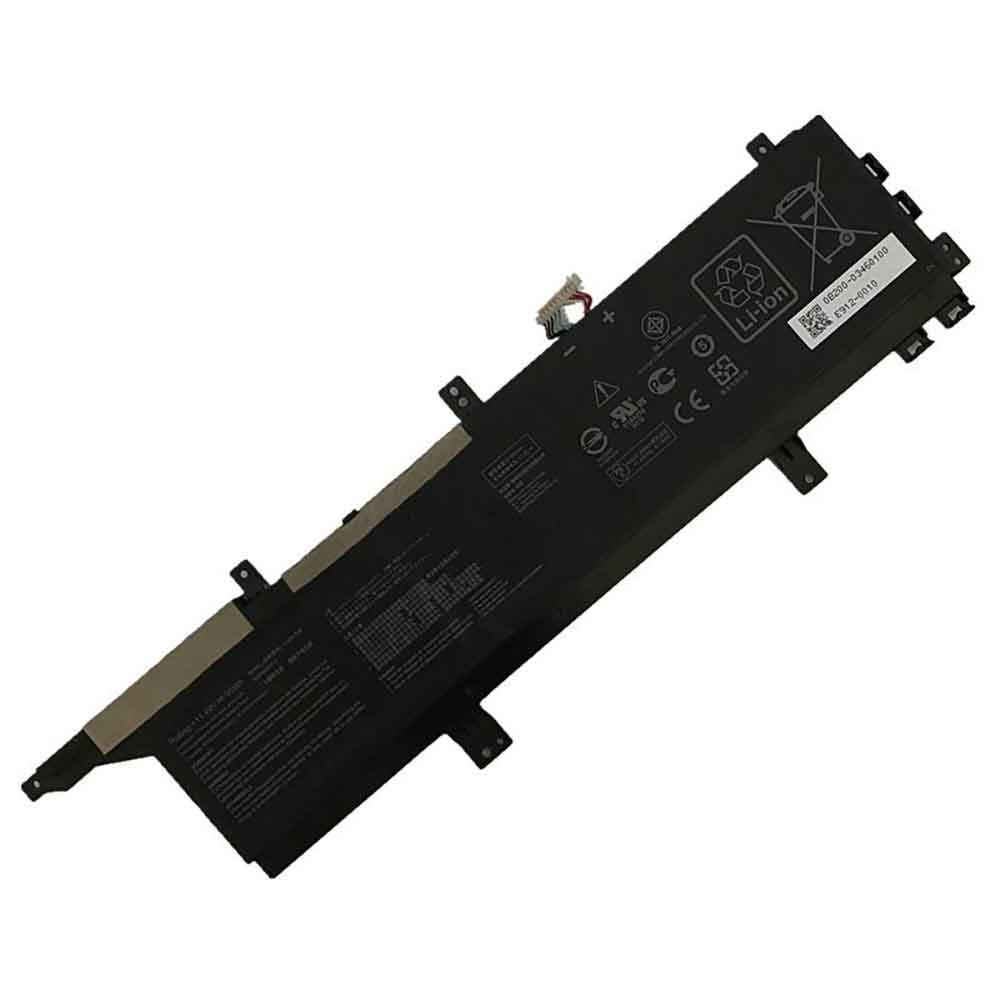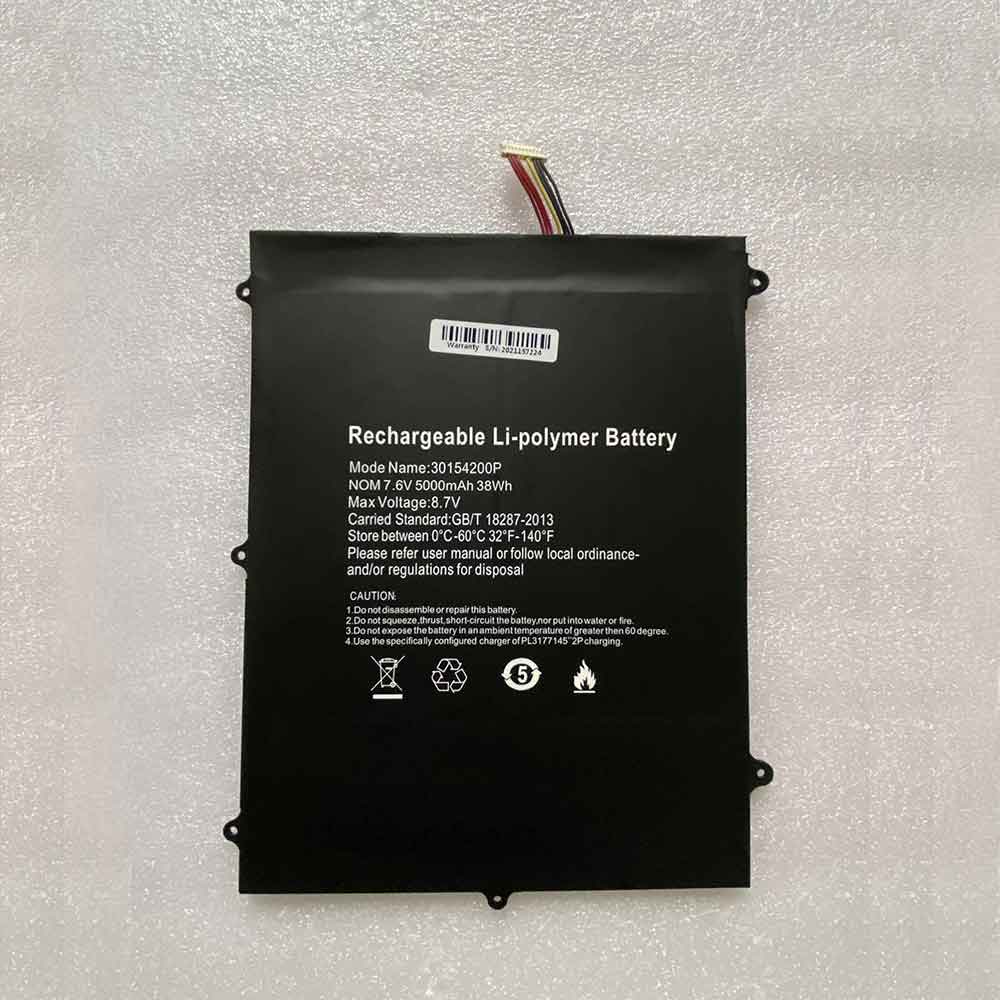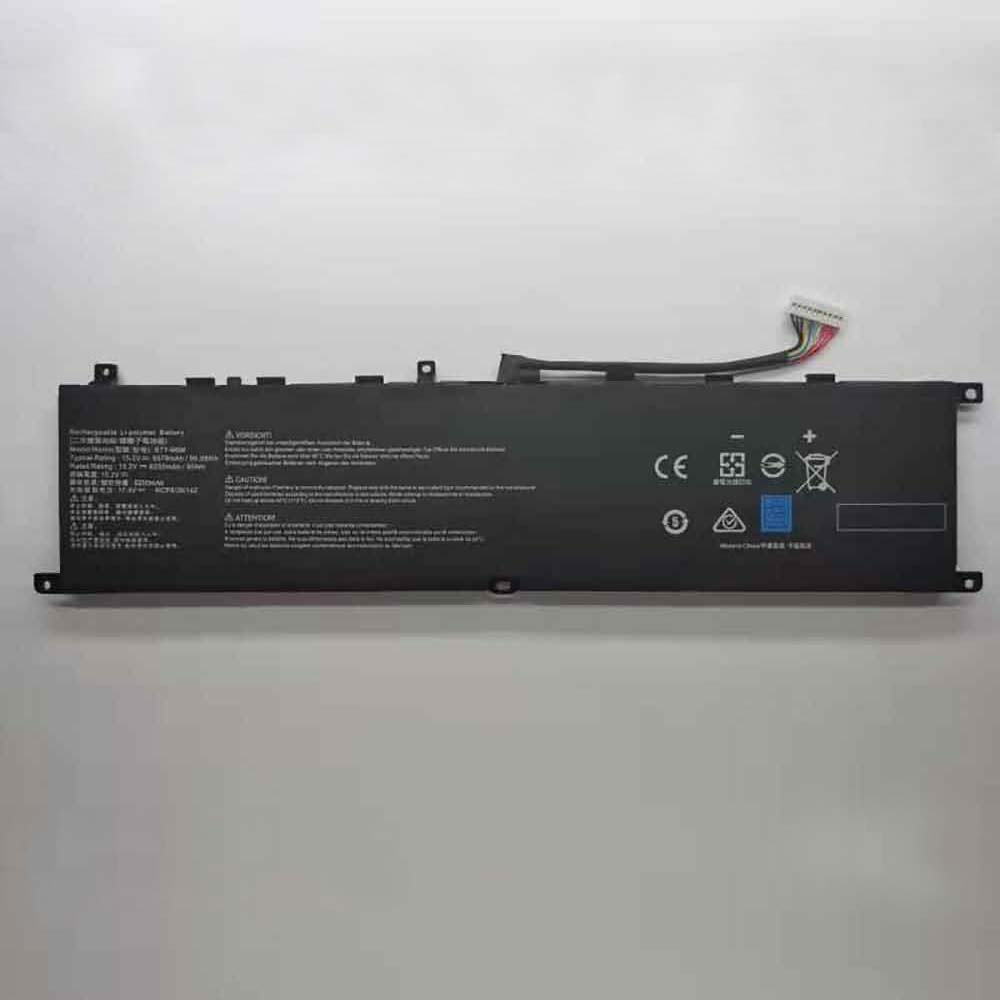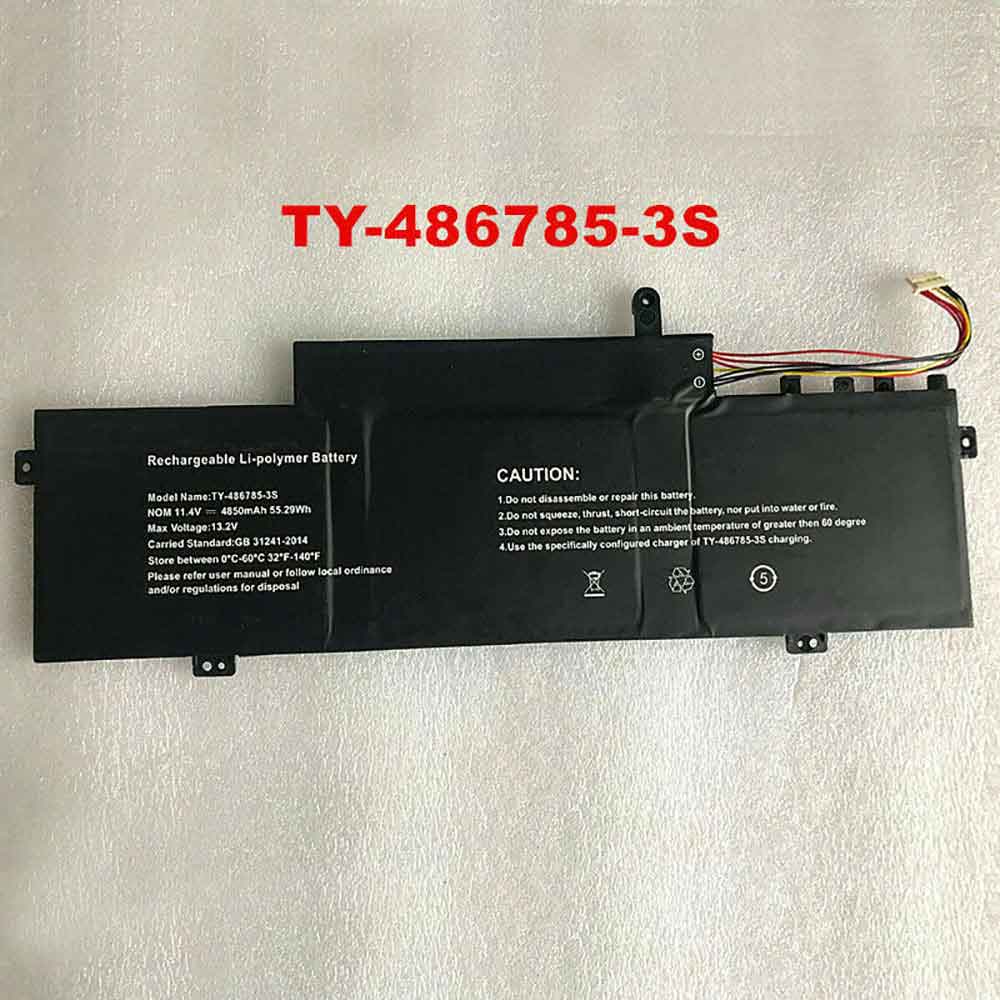95Wh 8330mAh 11.49V Asus C32N1838 Batteries for Asus StudioBook Pro X W730 W730G2T W730G1T W730G5T, Asus C32N1838 Laptop battery is a brand new,100% Compatible original and replacement Laptop battery,Purchase wholesale and retail C32N1838 with high quality and low price!
Find ou your original model number or part number(P/N), and move your eyes on the tag of battery

Specifications
- Brand:Asus
- Capacity :95Wh 8330mAh
- Voltage :11.49V
- Type :Li-ion
- Battery Cell Quality: Grade A
- Descriptive: Replacement Battery – 1 Year Warranty
- Description: Brand New, 1 Year Warranty! 30-Days Money Back! Fast Shipping!
How we test this Asus C32N1838 Battery
Step 1: Make sure customer bought the correct battery.
Step 2: Check battery’s appearance and interface.
Step 3: Test battery charger and recharger function.
Step 4: Charger the battery to 100% and recharger to 0% to get real battery capacity
Step 5: Use Ev2300 to check the voltage difference of each goroup cells.
Step 6: Charger battery power more than 30%.
Step 7: Package battery carefully and send out
Compatible Part Numbers:
C32N1838
Compatible Model Numbers:
Asus ProArt StudioBook Pro X W730G5T
Asus StudioBook Pro X W730
Asus StudioBook Pro X W730G5T W730 W730G5T W730G5T-AV009T W730G5T-AV010R W730G5T-AV011T
How much do you know about how to run laptop well as any place? The follow Tips cut way back on protecting battery life.
1). Please recharge or change your Laptop battery when battery power low.
2). Using Li-Ion Replacement Asus C32N1838 Laptop Battery for your notebook which can work longer time than Non Li-ion one.
3). It is better to defragmentation regularly for your Laptop battery life.
4). In order to reduce the laptop power consumpition, you can use some optical drive spin-down and hard drive in your Laptop .
5). Please keep your laptop in sleep or standby model without long time using, which both save the Replacement Asus C32N1838 Laptop Battery power and extend battery using life.
6). Leave your battery in a dry and cool condition when without using.
7). When you rarely or generally plugged in fixed power using, Please take down your battery to avoid hurting battery life.
Hot Products
200MAH/0.77Wh SAMSUNG EB-BR365FBE for Samsung Gear Fit 2 Pro Sports94Wh LENOVO 45N1016 for Lenovo ThinkPad T410 T420 T4304910mAh/19.00WH VIVO B-O5 for VIVO y20640MAh/70Wh PANASONIC CF-VZSU80U for Panasonic CF-C2 MK1 Toughbook7200mAh DELL PC764 for Dell Latitude D620 D630 Preci50Wh ASUS C31N1339 for Asus ZenBook UX303L Q302L Lapt4900mAh/18.87WH SAMSUNG HQ-50S for Samsung Galaxy A02S57.9Wh HP SH03XL for HP Spectre X360 13-AC0XX 13-AC2980MAH 11.33WH BLACKPHONE BP2 for Blackphone 22200mAh/32WH LENOVO L15S4E02 for LENOVO Ideapad V310-15IKB V510









